Decentralized Finance (DeFi) is an open source, global financial system designed for the internet age as an alternative to an opaque system, tightly managed and kept together by decades-old infrastructure and processes.
It provides you with comprehensive financial management and visibility. It exposes you to global markets and gives you currency and banking possibilities that are not available in your home country.
Customers typically own and operate DeFi equipment, allowing anyone with an internet connection to access financial services. DeFi programs have already handled tens of billions of dollars in bitcoin, and the figure is steadily increasing.
What is Decentralized Finance (DeFi)?
Decentralized Finance is a collection of financial products and services accessible to everyone who can use Ethereum and has internet connectivity. No consolidated authorities can ban payments or refuse you access to anything with DeFi because the marketplaces are always open. Thanks to code that everyone can understand and assess, services that were once slow and vulnerable to human error are now automatic and safer.
You may lend, borrow, invest in long/short positions, earn interest, and more in the burgeoning crypto economy. Crypto-savvy Argentinians have used DeFi to prevent catastrophic inflation. Companies have begun to broadcast real-time pay information to their employees. Some people have even obtained and repaid multimillion-dollar loans without disclosing personal information. DeFi services, in reality, are dapps that use smart contracts and the decentralized characteristics of public blockchains to deliver globally accessible financial services like:
- Lending & Borrowing.
- Savings & Yield Products.
- Spot Trading.
- Stablecoins.
- Insurance.
- Asset Exchange & Swap.
- Prediction Markets.
- Arbitrage.
Decentralized Finance (DeFi) Vs Traditional Banking
All Financial Institutions use the term KYC (know your customer) to check a client’s identity and legality before conducting business. In other words, a buyer must demonstrate that they are who they claim to be.
A credit check, proof of identity, and possibly some income verification are all required if you wish to borrow money from a bank.
One of the greatest ways to appreciate the potential of Decentralized Finance (DeFi) is to understand the current challenges.
- Some people do not have access to financial services or the ability to open a bank account.
- People without access to financial services may find it difficult to locate jobs.
- Financial services may prevent you from receiving money
- Economic benefits come with a hidden cost: your data.
- The governments and centralized entities can shut down the markets at any time.
- There is a frequent restriction on Trading hours to specific time zones’ business hours.
- Money transfers could take days due to internal human processes.
- Because intermediary institutions require a share, financial services command a premium.
Comparision Table of Decentralized Finance (DeFi) and Traditional Finance:
| DeFi | Traditional Finance |
|---|---|
| You keep your money in your pocket. | Corporations hold your money. |
| You have complete control over your money’s whereabouts and how it’s spent. | You must have faith in firms not to mismanage your funds, such as lending to high-risk customers. |
| Fund transfers take only a few minutes. | Due to laborious processes, payments can take days. |
| Transaction activity is hidden. | Your identity is directly related to your financial activity. |
| Anyone can join Decentralized Finance (DeFi). | To access financial services, you must first apply. |
| The markets are constantly open for business. | Markets close due to employee needs for rest. |
| It’s based on openness; anyone can examine a product’s data and see how the system operates. | Financial institutions are closed books: you can’t ask to check their loan history, managed assets record, or anything else. |
What Brought It Into the Picture?
It all began with Bitcoin. Bitcoin was the first Decentralized Finance (DeFi) application in many ways. Bitcoin allows you to truly own and manage value while also sending it anywhere globally. It accomplishes this by allowing a big group of people who don’t trust each other to agree on a ledger of accounts without requiring a third party.
Anybody can use Bitcoin, and no one has the authority to change its rules. Bitcoin’s laws, such as scarcity and openness, are in the technology. Now, it’s not like traditional finance, where governments may print money and businesses can shut down markets, causing your savings to lose value.
This is the foundation of Ethereum. One cant change the rules without your consent, and everyone has access to it, just like Bitcoin. But, leveraging smart contracts also makes this digital money programmable, allowing you to do more than just store and distribute value.
Also Read: A Complete Guide on Blockchain-Based Identity and Management
The Role of Ethereum in DeFi
Ethereum, the world’s second-largest cryptocurrency by market capitalization, is at the heart of the DeFi movement. Its smart contract functionality allows developers to create sophisticated financial instruments without the need for centralized platforms. The ethereum price fluctuates, reflecting the dynamic and innovative nature of the DeFi space. Ethereum’s blockchain is not just a platform for transactions but a foundation for building a new financial ecosystem.
What Can Decentralized Finance (DeFi) Be Used for?
Most financial services have a decentralized alternative. Ethereum, on the other hand, allows for the construction of entirely new financial products. This is a constantly increasing list.
Quickly Send Money Over the World:
Ethereum is a blockchain. We use it to send transactions securely and globally. Like Bitcoin, Ethereum makes moving money throughout the world as straightforward as sending an email. Provide your recipient’s ENS name (such as bob. eth) or their wallet account address. Then your money will be sent directly to them in minutes (usually). One requires a wallet to send and receive payments.
If you don’t want to stream or transfer ETH due to its volatile value, there are stablecoins, which are alternative currencies on Ethereum.
Acquire Stable Currency:
Cryptocurrency volatility is a problem for many financial products and ordinary spending. The Decentralized Finance (DeFi) community uses stablecoins to solve this problem. We can determine the value of a currency by comparing it to another well-known asset, such as the US dollar.
Only a few pennies separate the value of Dai and USDC coins. It makes them ideal for both earning and selling. Many people in Latin America have utilized stablecoins to secure their assets at a period when their government-issued currencies have been highly volatile.
Borrowing:
There are two types of borrowing money from decentralized providers:-
- Peer-to-peer refers to a borrower who obtains funds directly from a lender.
- Pool-based lending, lenders contribute funds (liquidity) to a pool from which borrowers can borrow.
Using a decentralized lender has numerous advantages.
Borrowing With Confidentiality:
Everything nowadays revolves around the people involved in lending and borrowing money. Banks want to know if you’re likely to repay a loan before lending.
Either party doesn’t need to divulge their identity when using decentralized lending. Instead, if one doesn’t return the loan, the borrower must put up collateral, which will instantly transfer to the lender. Some lenders will even take NFTs as collateral. An NFT is a deed to a one-of-a-kind item, such as a painting. More information on NFTs
It allows you to borrow money without submitting any personal information or undergoing a credit check.
Global Fund Access:
When you use a decentralised lender, you have access to funds all over the world, not just those held by your chosen bank or organisation.It increases lending availability and lowers interest rates.
Tax-Savings Opportunities:
Borrowing allows you to receive the funds you require without selling any of your ETH. Instead, You can use (ethereum) ETH as collateral for a stablecoin loan. It gives you the cash you need while still letting you keep your ETH. Stablecoins are tokens that don’t vary in value like ETH and are preferable when you need cash.
Short-Term Loans:
To borrow money with no collateral or providing personal information, flash loans are a form of decentralised lending.
They are currently unavailable to non-technical people, but they provide a glimpse of what may be possible for everyone in the future.
It works on the idea of obtaining and repaying a loan in the same transaction that happens. If it is not repaid, the transaction is handled as if it never happened.
Liquidity pools store frequently utilized money (big pools of funds used for borrowing). If one is not using them at the time, someone can borrow them, do business with them, and pay them back in full when anyone borrows them.
It necessitates a great deal of reasoning in a highly customized transaction. A simple example is someone who uses a flash loan to borrow as much of an asset at one price to sell it in a different market at a higher price.
So, in a single transaction, the following thing occurs:
- You borrow X amount of $asset from exchange L for $1.00.
- On exchange B, you sell X $asset for $1.10.
- You repay all the loan which is used to purchase L.
- You can take the amount left after the profit, minus the transaction cost.
The transaction would fail if exchange B’s supply dropped quickly and the user could not acquire enough to cover the original debt.
You’d need a huge sum of money to accomplish the preceding example in the traditional finance industry. These money-making strategies are only open to those with a large sum of money. Flash loans illustrate a future in which having money isn’t always necessary to make money.
Begin saving with cryptocurrency:
Financing:
You may earn interest and watch your profit grow in real-time by lending your crypto. Currently, interest rates are significantly higher than those offered by your local bank (assuming you’re lucky enough to have one). Here’s an illustration:
- You lend your stablecoin, 100 Dai, to a service like Aave.
- You will receive 100 Aave Dai (aDai), a symbol for the Dai you borrowed.
- Also, Your aDai will rise in line with interest rates, and you’ll notice your wallet balance grow. Depending upon the APR, your wallet balance will show something like 100.1234 within a few days or possibly hours!
- You can withdraw amount of regular Dai equal to your aDai balance at any time.
Lotteries With no Losses:
Pool together, and another no-loss lotteries are a fun and imaginative way to save the money.
- You spend 500 Dai tokens on 500 tickets.
- 500 plDai corresponds to your 500 tickets.
- If one of your tickets is selected as the winner, the prize pool will be deducted from your plDai balance.
- Your 500 plDai will be carried over to the following week’s draw if you don’t win.
- You can take out an amount of normal Dai that is equal to your plDai balance at any point.
All of the interest which is collected by lending the ticket deposits, like in the lending example above, goes into the prize pool.
Token Exchange:
On Ethereum, there are 1000’s of different tokens. You can trade additional tokens on DEXs (decentralized exchanges). You never relinquish control of your property. It is akin to using a currency exchange when visiting a foreign country. The Decentralized Finance (DeFi) version, on the other hand, never closes. The markets are open all the day, 365 days a year, and technology assures that someone is available to take a deal at any time.
For example, you’ll need a token like Dai or USDC to use the no-loss lottery PoolTogether (explained above). These DEXs let you exchange your ETH for the tickets you choose, then reverse the process when you’re complete.
Expert Trading:
There are more complicated alternatives for traders who prefer a little more control. Limit orders, perpetual, margin trading, and other strategies are all viable options. You have then access to worldwide liquidity with decentralized trading, the market which never closes, and you always have the control over your assets.
When you use a centralized exchange, you must first deposit your funds and trust them to keep them safe. Your assets are at risk while one is depositing them because centralized exchanges are appealing targets for hackers.
Increase the Size of Your Portfolio:
There are fund management options on Ethereum that will work to grow your portfolio using a strategy of your choice. This completely autonomous system is open to the public and does not require a human manager to take a share of your profits.
A better example is the DeFi Pulse Index fund (DPI). This market capitalization-based automated rebalancing fund ensures your portfolio always contains the top DeFi tokens. You will never have to deal with any of the intricacies. You will be able to take out funds whenever you want.
Raise Money for Your Ideas:
Ethereum is an excellent crowdfunding platform:
- Because Ethereum and its tokens are accessible to anybody in the world, potential donors can come from anywhere.
- It’s transparent, which allows fundraisers to show how much money they’ve raised. You may even track how money is used after they’ve been allocated.
- If a deadline or minimum amount isn’t met, for example, fundraisers can set up automatic reimbursements.
Funding in Quadratic Form:
Ethereum is a free and open-source project that has received a lot of support from the wider community. This has led to the rise in popularity of a new method of fundraising known as “quadratic funding.” In the long run, this could lead to more funding for public goods of all kinds.
Quadratic funding make it sure that the projects with the greatest unique demand receive the most support. To put it another way, projects that will benefit the most people. The following is how it works:
- There has been the establishment of a matching pool of funds.
- A new round of government funding has begun.
- Donating money to a cause is one way for people to demonstrate their support.
- The matching pool is distributed among the projects when the round finishes. The matching pool gives the greatest money to those who have unique demands.
As a result, Project A, which received 100 one-dollar donations, may receive more funding than Project B, which received a single $10,000 donation (dependent on the size of the matching pool).
Coverage:
Decentralized insurance focuses to make insurance more affordable to normal users, transparent, and faster payout. Coverage is more affordable now, and payouts are much faster because of increased automation. The information utilized to decide on your claim is open.
Bugs and vulnerabilities can occur in Ethereum products, just like any other software. As a result, many of the current insurance solutions in the market focus on keeping users from losing money. However, projects are beginning to rise that will provide cover for all life can throw at us. Etherisc’s Crop Cover program, for example, tries to safeguard smallholder farmers in Kenya from drought and flooding. Farmers that can’t afford normal insurance can benefit from decentralized insurance.
Portfolio Managers and Aggregators:
You’ll need a system to keep track of all your investments, loans, and trades with so much going on. Several products allow you to keep track of all of your DeFi activities in one place. This is where DeFi’s open design shines and reflects. Teams can create user interfaces that allow you to see and use your balances across products.
What is the mechanism behind it?
Users interact with DeFi through software known as dapps (“decentralized apps”), the majority of which are now based on the Ethereum blockchain. There is no need to fill out an application or open an account, unlike a traditional bank.
People are connecting with DeFi in a variety of ways at the moment:
- Lending: Earn money and benefits every minute by lending out your cryptocurrency, not just once a month.
- Applying for a loan: Instantly get a loan without filling out paperwork, even for extremely short-term “flash loans” that traditional financial institutions don’t give.
- Trading: Make peer-to-peer crypto asset trades, just like you could buy and sell stocks without using a brokerage.
- Putting money aside for the future: Put part of your cryptocurrency into alternative savings accounts to achieve better interest rates than you’d get from a bank.
- Purchase of derivatives: Place long and short bets on certain assets. Consider them the crypto version of stock options or futures contracts.
What Are the Drawbacks?
- Due to variable transaction speeds, active trading on the Ethereum blockchain could be costly.
- Your investment now may see considerable volatility depending on which dapps you use and how you use them — after all, this is new technology.
- Keep your own records for tax purposes. Regulations changes from one location to the next.
Frequently Asked Questions on DeFi:
Decentralized finance (DeFi) is similar to our current financial system, except it’s run without the use of large centralized organizations. Blockchain technology has made decentralized money possible. We require this technology for finance to become decentralized. It might be either the Ethereum or Bitcoin blockchains. The Ethereum blockchain is currently used to build the majority of DeFi applications. For example, on the Ethereum blockchain, lending, saving, and borrowing are all conceivable.
The major hazards of using DeFi systems are scams, exploits, and fatal programming mistakes. Decentralized finance (DeFi) is now one of the fastest-growing segments of the crypto business, with $92 billion in crypto assets locked in powered peer-to-peer protocols, up 196 percent in the previous year.
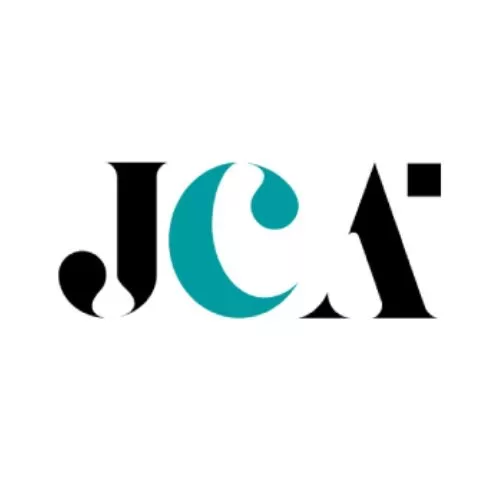

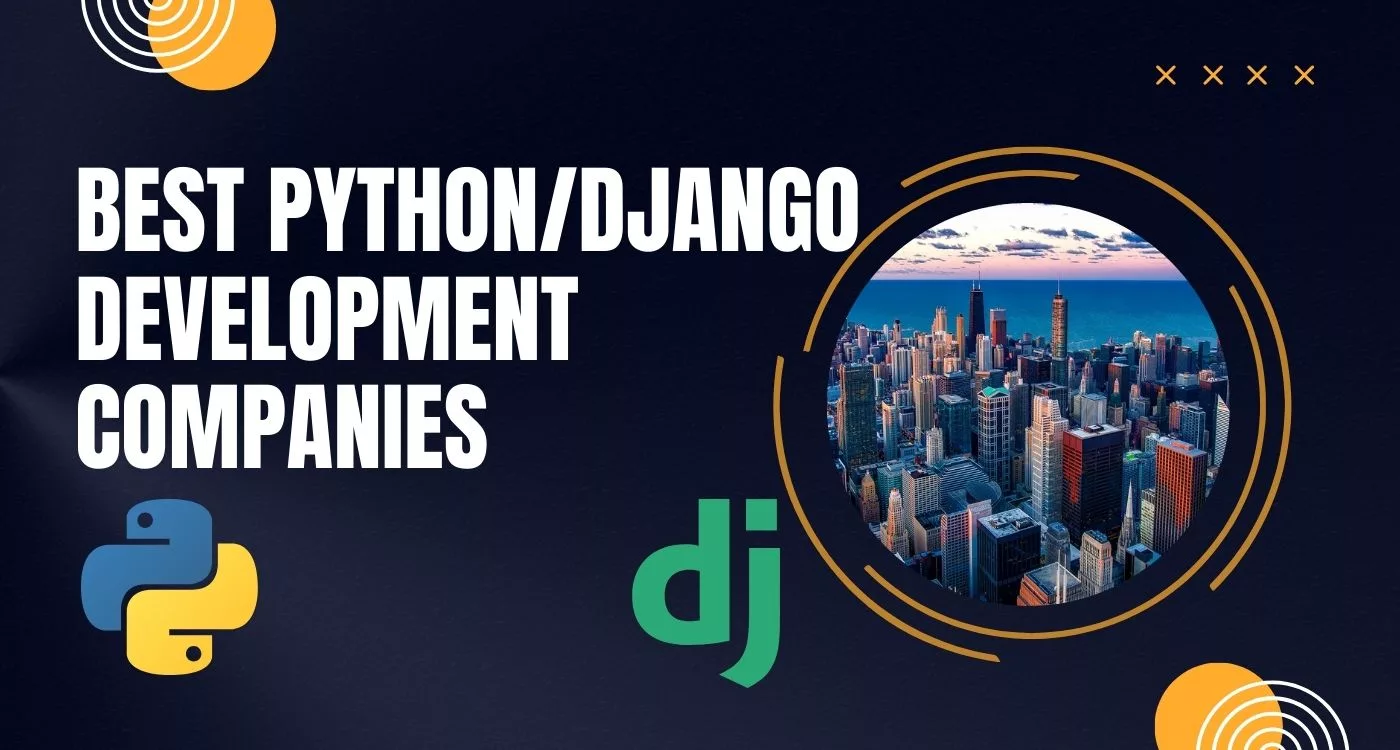




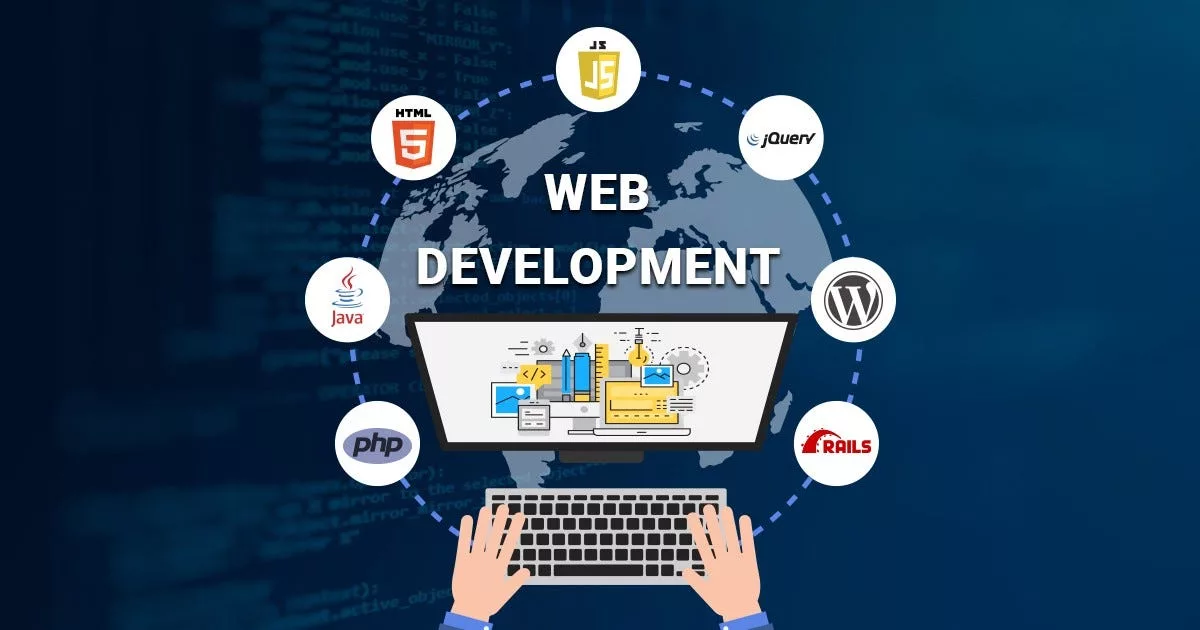
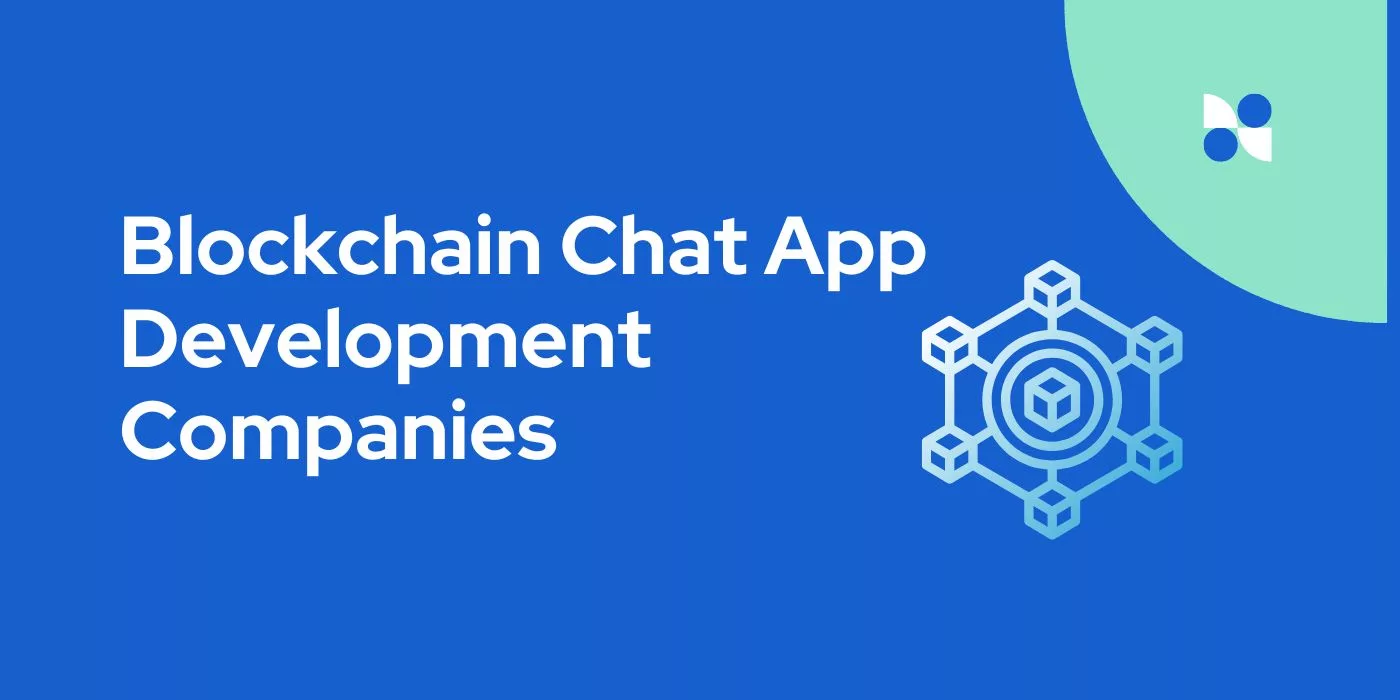
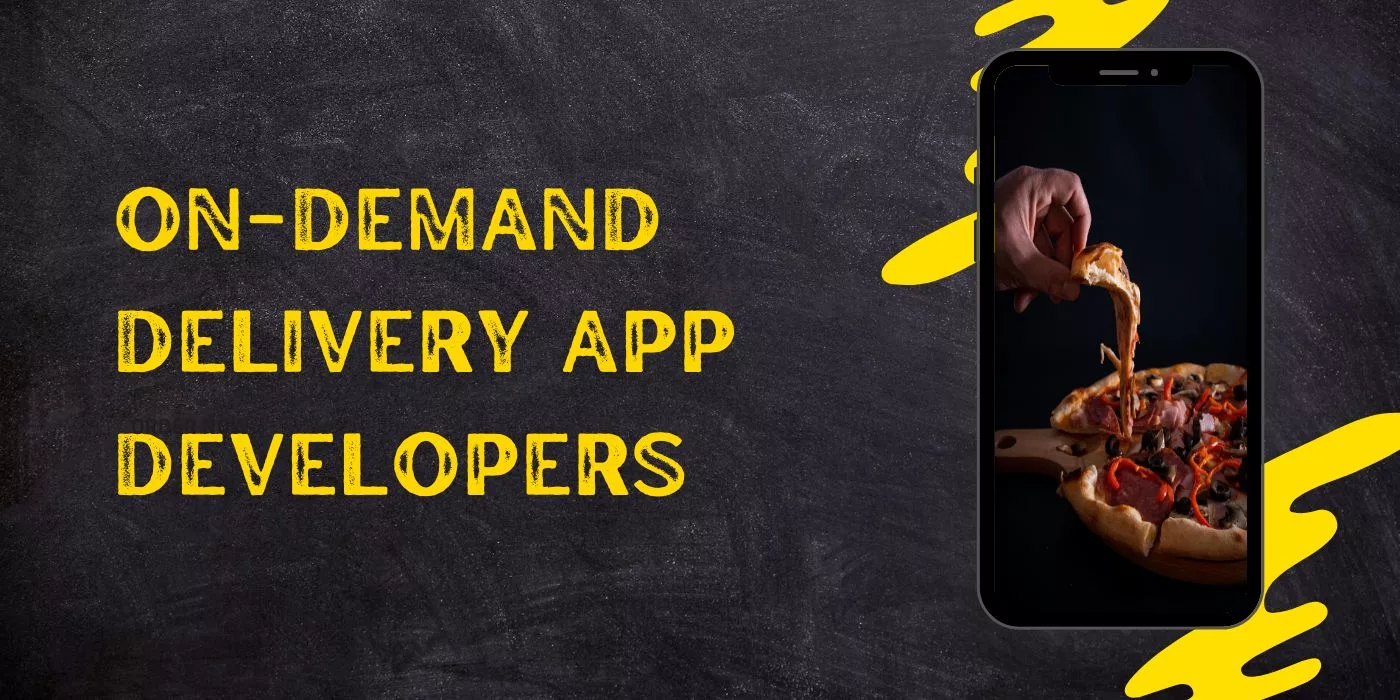
Leave a Reply